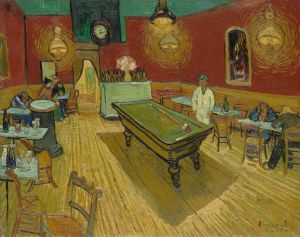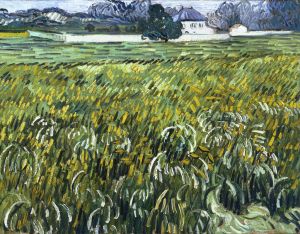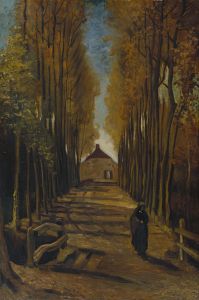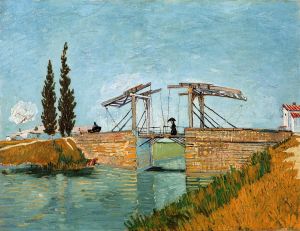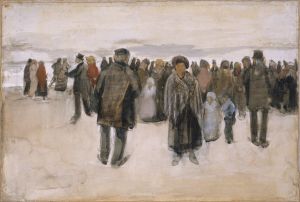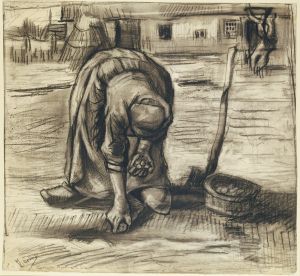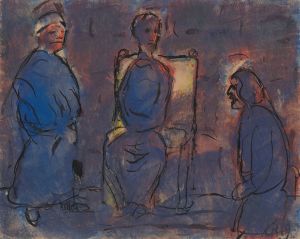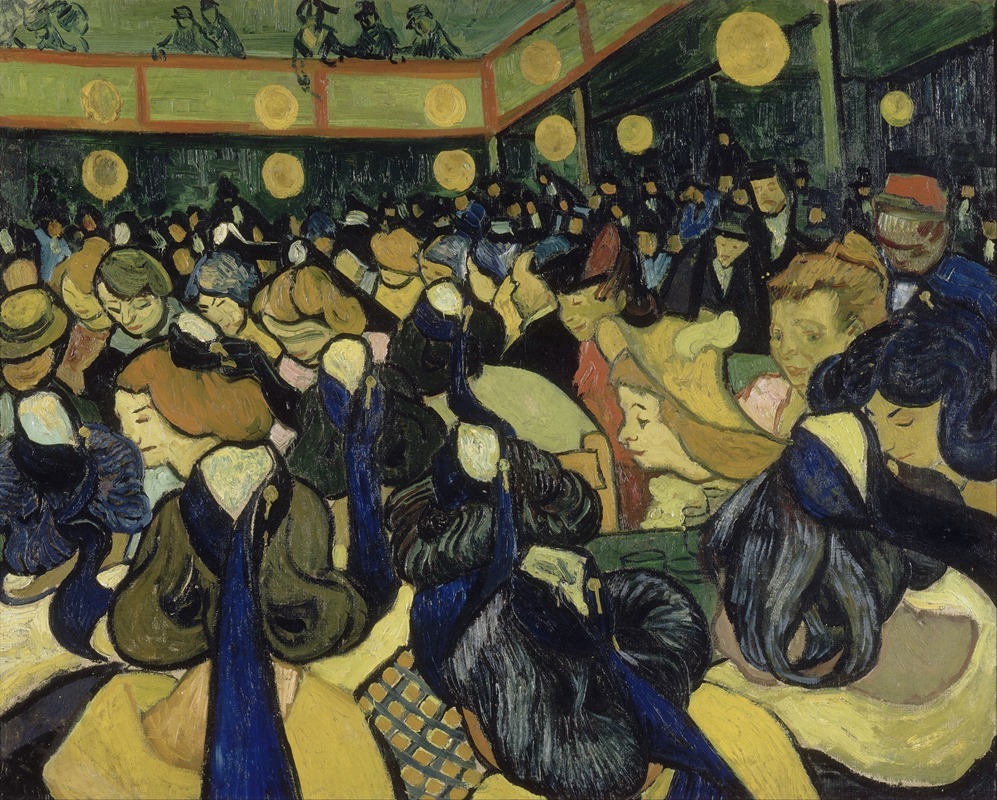
The Dance Hall In Arles
A hand-painted replica of Vincent van Gogh’s masterpiece The Dance Hall In Arles, meticulously crafted by professional artists to capture the true essence of the original. Each piece is created with museum-quality canvas and rare mineral pigments, carefully painted by experienced artists with delicate brushstrokes and rich, layered colors to perfectly recreate the texture of the original artwork. Unlike machine-printed reproductions, this hand-painted version brings the painting to life, infused with the artist’s emotions and skill in every stroke. Whether for personal collection or home decoration, it instantly elevates the artistic atmosphere of any space.
Vincent van Gogh's painting "The Dance Hall in Arles" is an evocative work created in December 1888 during his time in the southern French town of Arles. This period was one of the most productive and artistically significant phases of Van Gogh's career. The painting is notable for its vibrant use of color and dynamic composition, reflecting Van Gogh's interest in capturing the lively atmosphere of social gatherings.
"The Dance Hall in Arles" depicts the interior of a dance hall, a popular social venue during the late 19th century. The scene is filled with figures engaged in dance and conversation, capturing the energy and movement of the setting. Van Gogh's use of bold colors and expressive brushwork conveys the lively ambiance of the dance hall. The painting is characterized by its vivid yellows, reds, and greens, which create a sense of warmth and excitement.
Van Gogh's time in Arles was marked by a deep exploration of color and light, influenced by the bright, sunlit environment of the region. This painting is a testament to his fascination with capturing the essence of everyday life and the human experience. The dance hall, as a subject, allowed Van Gogh to explore themes of social interaction and the joy of communal activities, which were central to his artistic vision.
The painting is part of a series of works Van Gogh created that focused on the theme of nightlife and social gatherings. This series includes other notable works such as "The Night Café" and "The Café Terrace at Night," which similarly explore the interplay of light, color, and human activity. "The Dance Hall in Arles" shares with these works a sense of immediacy and vibrancy, achieved through Van Gogh's distinctive style.
During his stay in Arles, Van Gogh was deeply influenced by the local culture and the vibrant Provençal landscape. His work from this period reflects a shift towards more intense color palettes and a greater emphasis on emotional expression. "The Dance Hall in Arles" exemplifies this shift, showcasing Van Gogh's ability to convey mood and atmosphere through his innovative use of color and form.
The painting is also significant for its reflection of Van Gogh's personal experiences and emotions. His time in Arles was both creatively fruitful and personally tumultuous, marked by periods of intense artistic output and episodes of mental distress. Despite these challenges, Van Gogh's work from this period, including "The Dance Hall in Arles," remains celebrated for its boldness and emotional depth.
Today, "The Dance Hall in Arles" is housed in the Musée d'Orsay in Paris, where it continues to be admired for its dynamic composition and vibrant color scheme. The painting is an important example of Van Gogh's contribution to the Post-Impressionist movement, highlighting his innovative approach to capturing the essence of modern life.
In summary, "The Dance Hall in Arles" is a significant work in Vincent van Gogh's oeuvre, reflecting his fascination with color, light, and the human experience. It stands as a testament to his artistic genius and his ability to transform everyday scenes into profound expressions of emotion and vitality.







